How to Use a Plumbing Snake: A Step-by-Step Guide
A clogged drain can be a frustrating problem, but before you call a plumber, you might be able to fix it yourself using a plumbing snake. A plumbing snake, or drain auger, is a simple yet effective tool designed to clear stubborn clogs from pipes. If you’re new to using a plumbing snake, don’t worry—this guide will walk you through the process step by step.
What Is a Plumbing Snake?
A plumbing snake is a long, flexible metal cable with a corkscrew-like end. It’s designed to navigate through pipes and dislodge blockages that can’t be cleared with a plunger. Plumbing snakes are available in different sizes, with manual and powered options to suit various needs.
Step-by-Step Guide to Using a Plumbing Snake
Step 1: Gather Your Supplies
Before you start, gather the necessary tools and supplies:
A plumbing snake
A bucket or towels to catch any water
Gloves to keep your hands clean
A flashlight (optional) to inspect the drain
Step 2: Prepare the Area
Clearing a clog can get messy, so take precautions:
Remove any items around the sink, toilet, or drain you’re working on.
Place a bucket or towels under the pipe to catch any water or debris that may spill out.
Step 3: Insert the Snake
For a Sink or Tub Drain:
Remove the drain cover if necessary.
Insert the snake into the drain opening, feeding it slowly.
If the drain has a P-trap (the U-shaped pipe under the sink), you may need to remove it to access the clog more easily.
For a Toilet:
Use a toilet auger, a specialized type of plumbing snake with a protective sleeve to avoid scratching the porcelain.
Insert the auger into the toilet bowl and crank the handle to feed the snake into the pipe.
Step 4: Find the Clog
As you feed the snake into the pipe, you’ll feel resistance when it reaches the clog. Gently push and twist the snake to break through or latch onto the blockage.
Step 5: Break Up or Remove the Clog
Once the snake is at the clog, use a combination of pushing, pulling, and twisting motions to either break up the blockage or pull it back out.
If you pull the clog out, dispose of it properly in the trash.
Step 6: Test the Drain
After removing the clog, run water down the drain to ensure it’s clear. If water still drains slowly, repeat the process to remove any remaining debris.
Step 7: Clean Up
Clean the plumbing snake with soap and water to remove any grease or debris.
Reassemble any pipes or drain covers you removed.
Disinfect the area to eliminate bacteria and odors.
Tips for Using a Plumbing Snake
To make the most of your plumbing snake and protect your pipes, keep these practical tips in mind:
Use Gentle Force: Avoid using excessive force, as this can damage pipes or push the clog further down.
Choose the Right Snake: Use a small snake for sink drains and a larger one for toilets or main sewer lines.
Prevent Future Clogs: Regularly clean your drains and avoid flushing items like grease, hair, or wipes that can cause blockages.
Need Help Clearing a Clog? Contact Charlotte Plumbing
At Charlotte Plumbing, we have the tools and expertise to handle any plumbing issue, from simple clogs to major repairs. If you’re dealing with a stubborn blockage or just want to avoid the hassle of DIY plumbing, give us a call. We’ll get your drains flowing smoothly in no time.
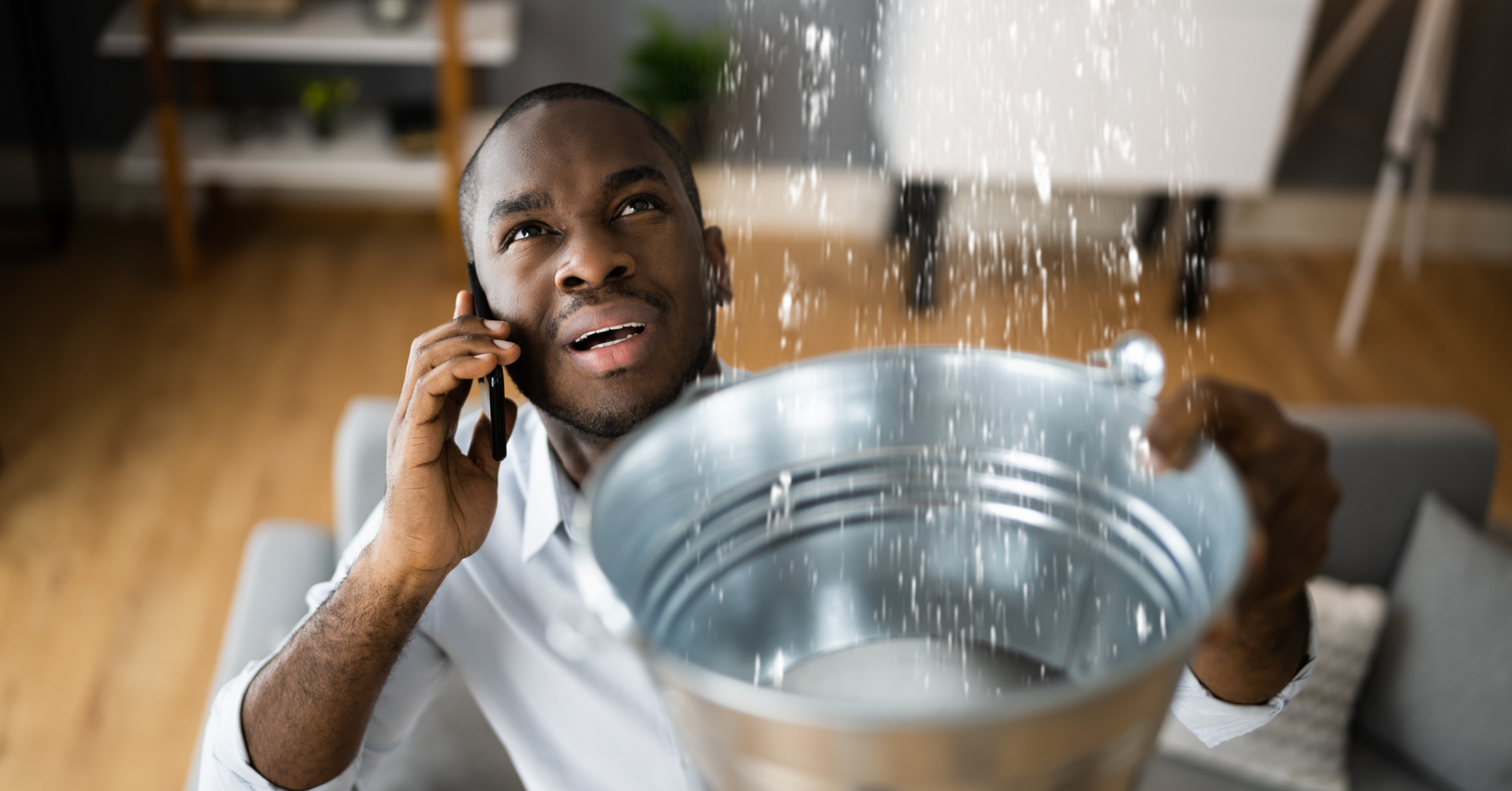

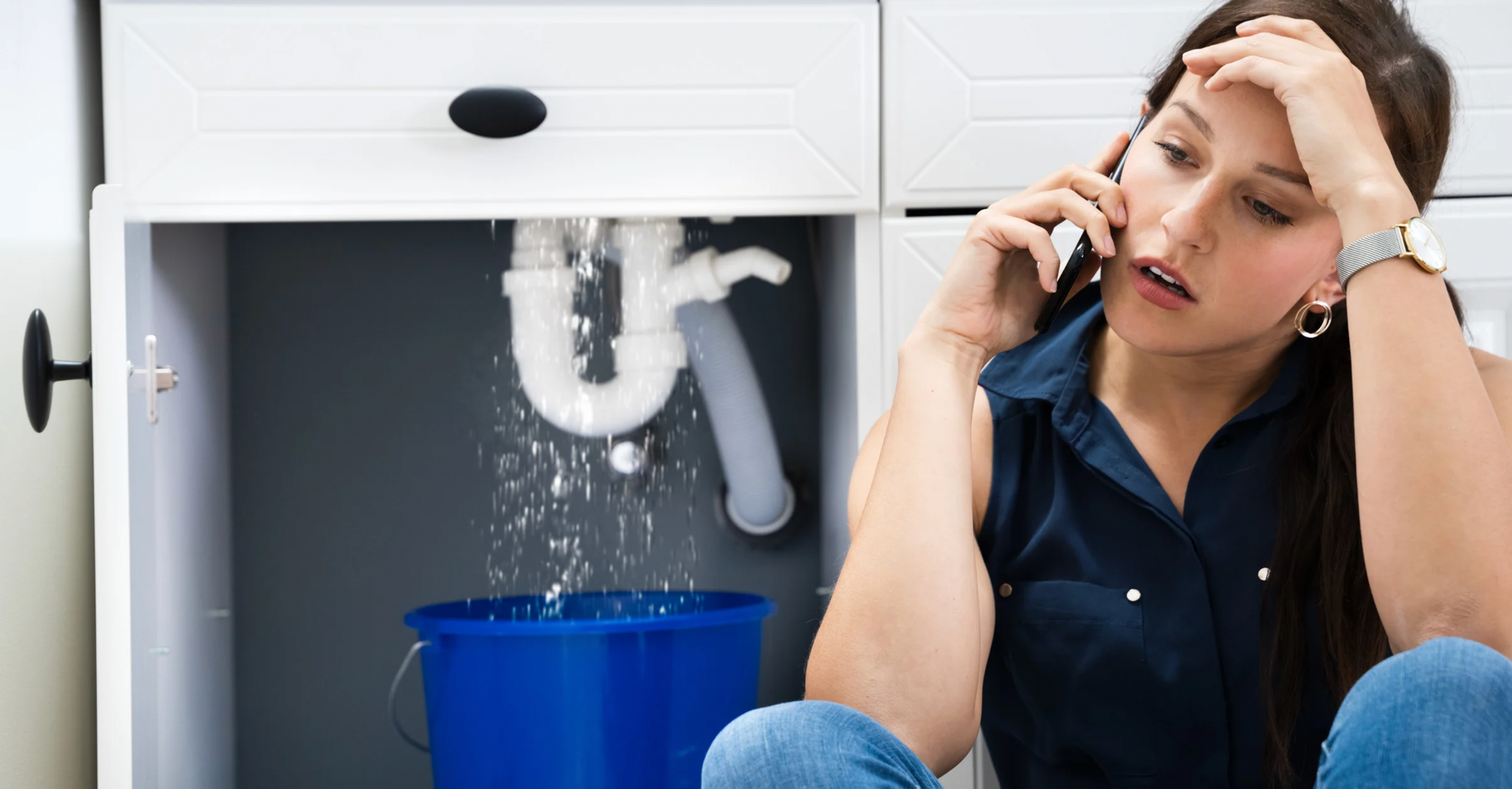
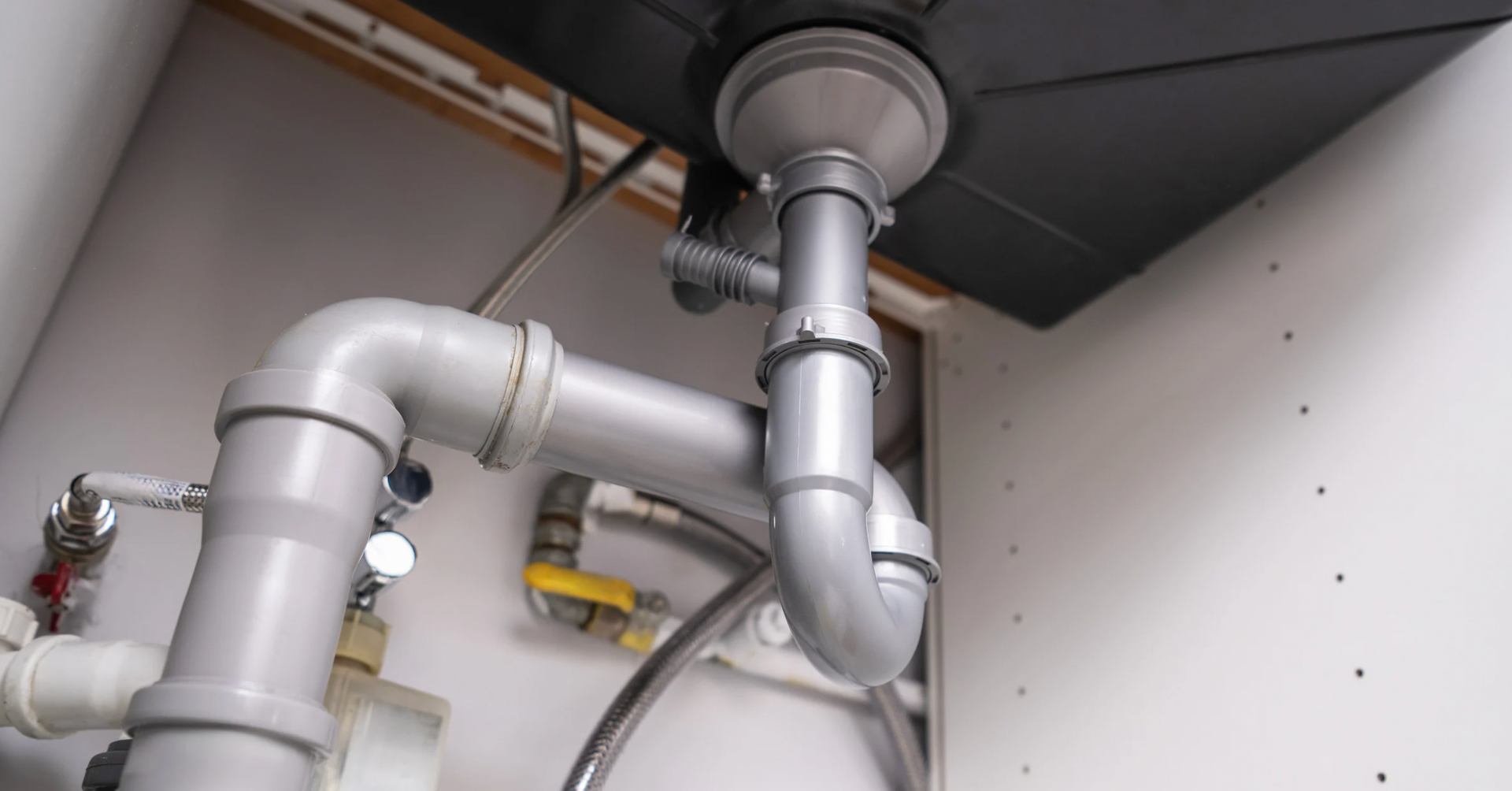

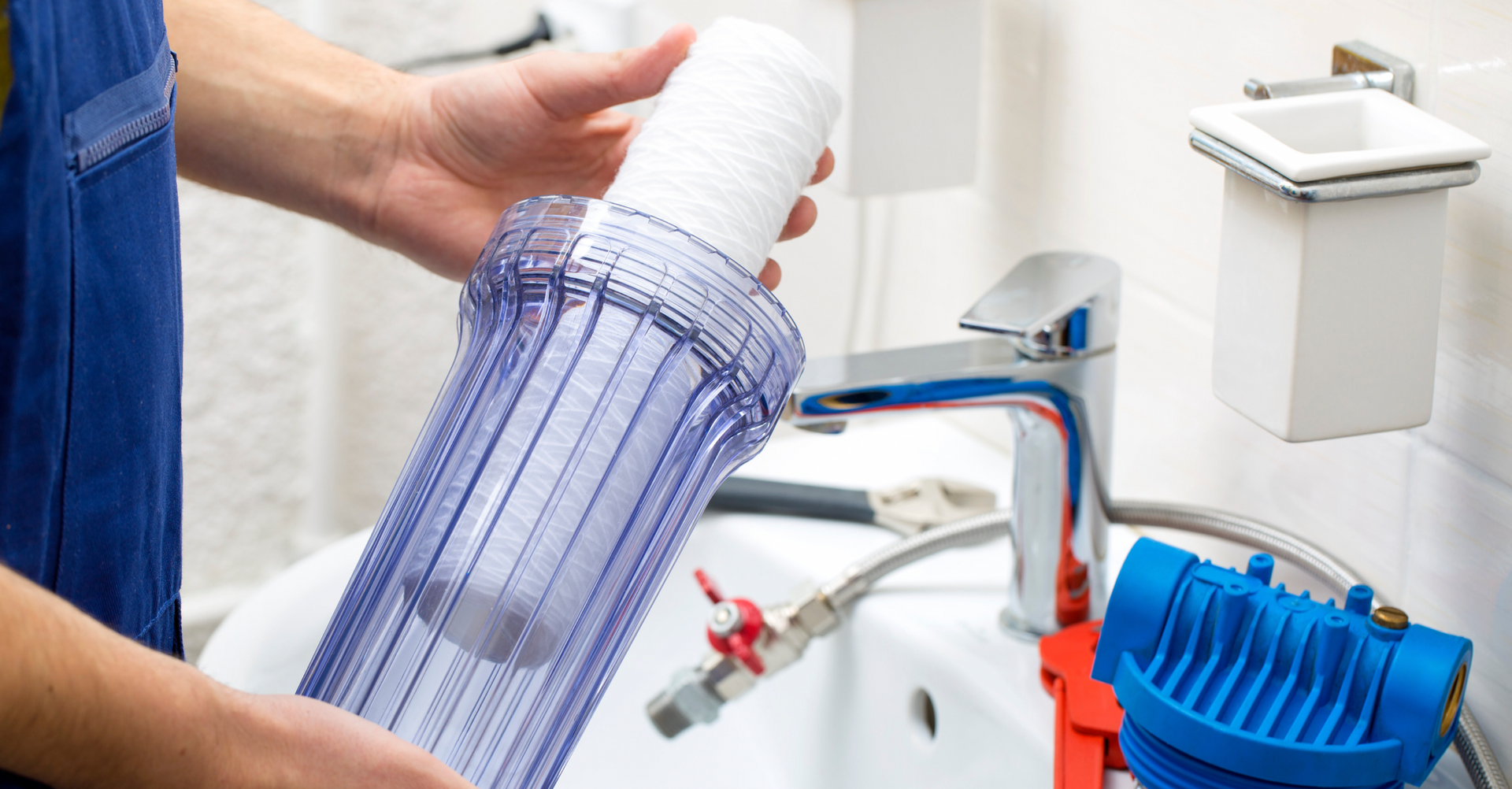

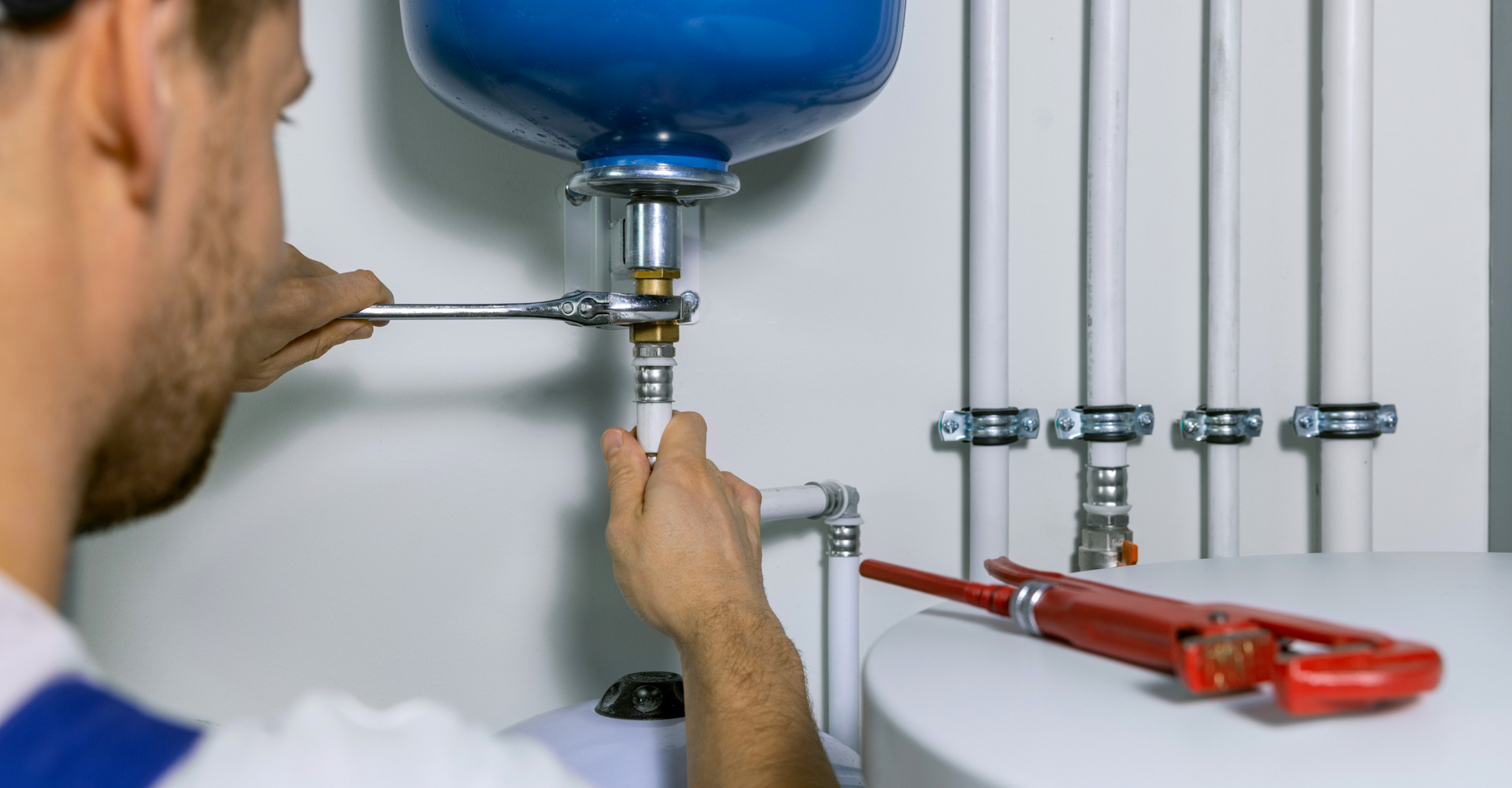
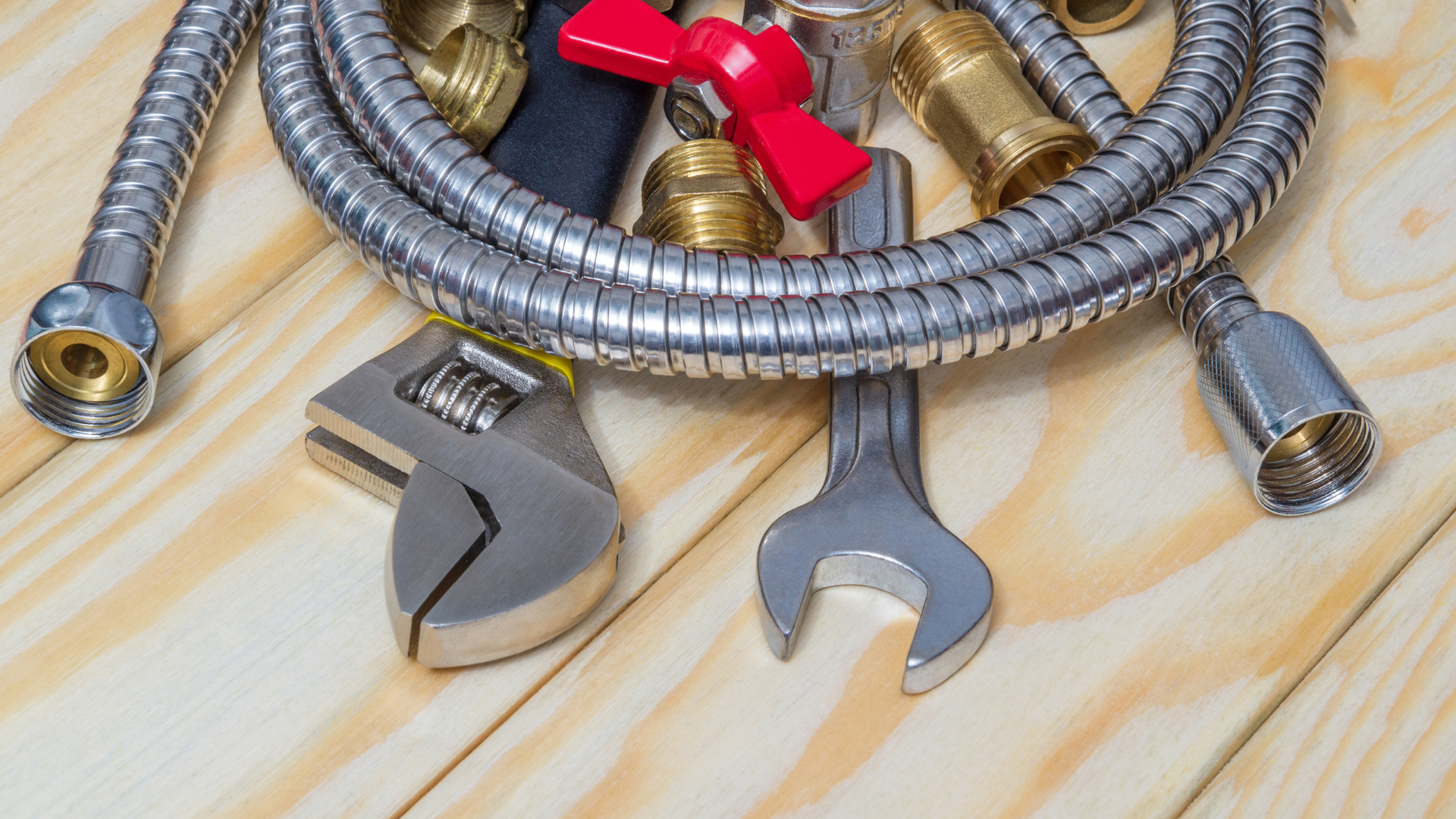

What Happens After I Send My Message?
Our team will review your information.
A team member will contact you as soon as possible.
We will work with you to schedule your service.
Schedule Online
For more information or to schedule a service, call us at (704) 684-4664 or complete the contact form.
Contact Us
We will get back to you as soon as possible.
Please try again later.



